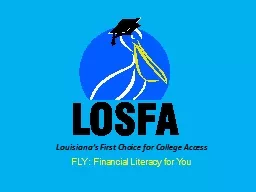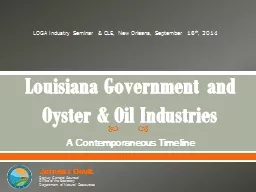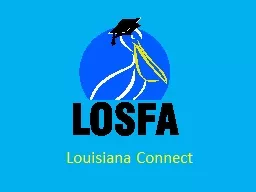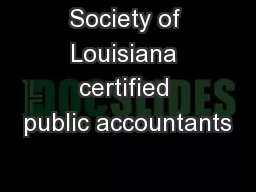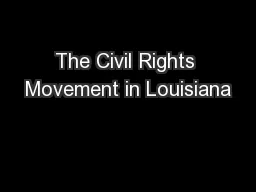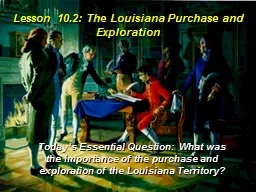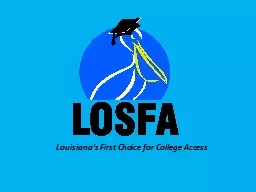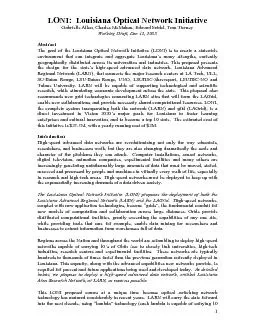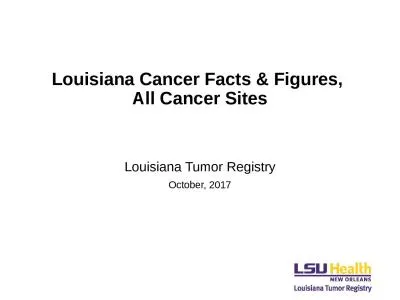PPT-Louisiana’s First Choice for College Access
Author : eatfuzzy | Published Date : 2020-06-19
FLY Financial Literacy for You wwwosfalagov Budgeting It pays to plan Needs Versus Wants Needs The things we really need in life are limited and include food shelter
Presentation Embed Code
Download Presentation
Download Presentation The PPT/PDF document "Louisiana’s First Choice for College A..." is the property of its rightful owner. Permission is granted to download and print the materials on this website for personal, non-commercial use only, and to display it on your personal computer provided you do not modify the materials and that you retain all copyright notices contained in the materials. By downloading content from our website, you accept the terms of this agreement.
Louisiana’s First Choice for College Access: Transcript
Download Rules Of Document
"Louisiana’s First Choice for College Access"The content belongs to its owner. You may download and print it for personal use, without modification, and keep all copyright notices. By downloading, you agree to these terms.
Related Documents

